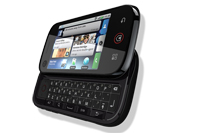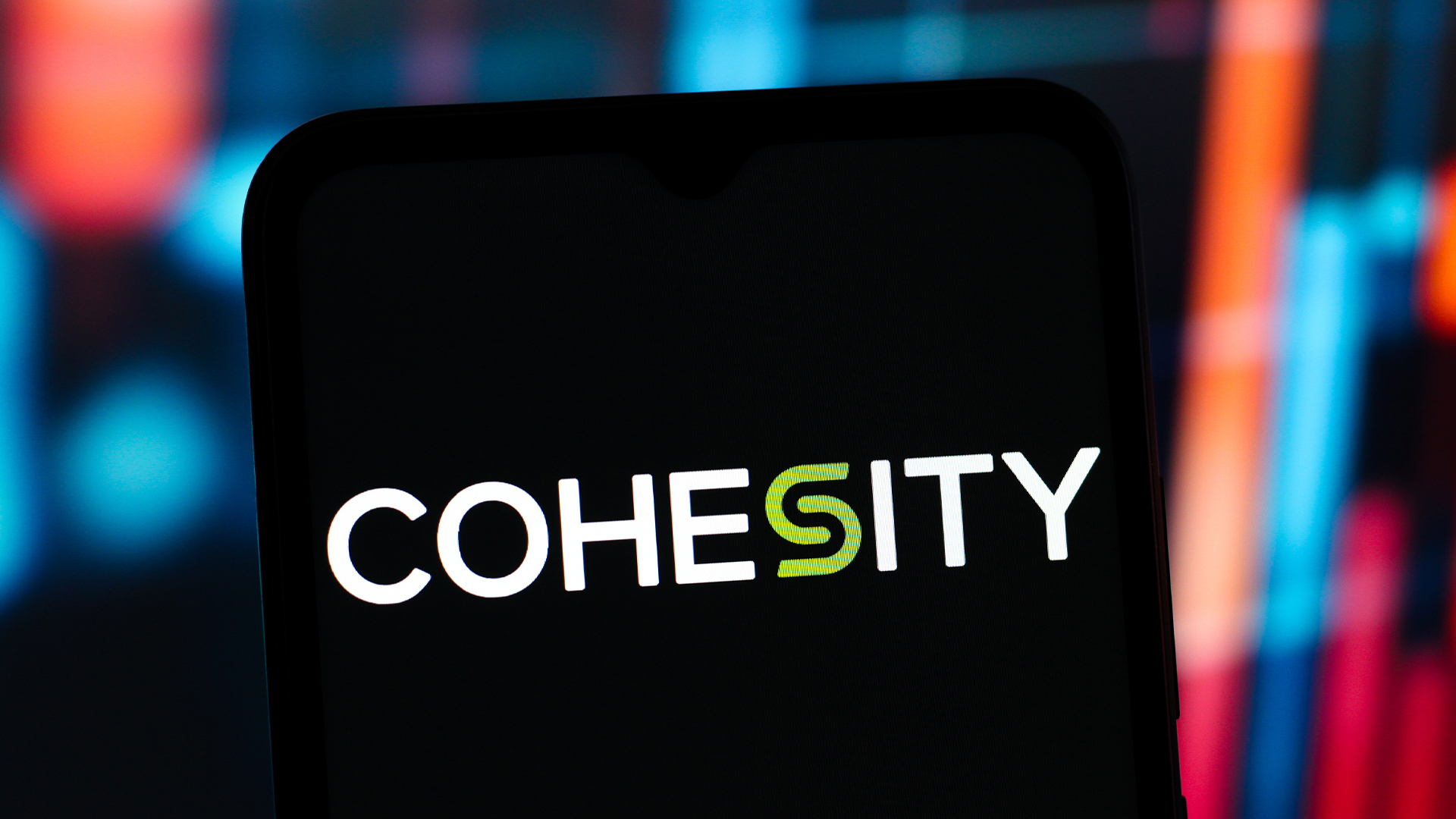Motorola DEXT review
The DEXT is Motorola's first foray into Android territory. Does it work? We review the handset to find out.

We’re still big fans of the DEXT, despite its social networking and consumer-oriented focus. That said, in its present guise, it’s probably better suited to business users who only find themselves out of the office occasionally rather than full-blown road warriors or executives who need simple access to complex data and functions on the move.

When we first laid eyes on the Motorola DEXT a few months ago we were pretty impressed. As the company's first foray into Android territory, things could go either way, but we were pleased to report back then that the debut was a valiant attempt.
Having lived with the device for longer and been able to test out features and functionality in more depth, we're happy to report that our view still holds true.
Aesthetically, we like the device's form factor. Yes, it is a little on the bulky side (at 163g) thanks to its full QWERTY keyboard and, yes, it will require larger than average pockets due to its stature (58x15.6x114mm WDH), but it's still a looker. Aside from the reverse Braille-like indents on the back that is, which still puzzle us.
Underneath the display, you'll find just three hard keys for the menu, home and to go back. They do look a little like an after thought drawn on in poster paint, but we'll let that go as despite being highly criticised we're quite fond of the DEXT's design.
The slide-out keyboard, which nestles underneath the 3.1in capacitive touch screen, is pleasant to use. Some have been turned off by the keys suggesting they're too springy or cramped, but we didn't find any such problems and think anyone with average sized digits would find it a handy aid for texting and emailing at speed on the move.
As in our first look, in our opinion, the DEXT's keys are nicely spaced and contoured with the numeric aspect of things on the subs bench to save space that's where the ALT key comes in. There's also a mouse-like directional pad to the left to help with navigation, but you can't use your thumb to scroll round its circumference to direct the cursor, as it won't work. We found that out the hard way.
For those who don't like the hard keyboard, there's always the on screen, virtual alternative that is pleasant enough to use.
Sign up today and you will receive a free copy of our Future Focus 2025 report - the leading guidance on AI, cybersecurity and other IT challenges as per 700+ senior executives
Maggie has been a journalist since 1999, starting her career as an editorial assistant on then-weekly magazine Computing, before working her way up to senior reporter level. In 2006, just weeks before ITPro was launched, Maggie joined Dennis Publishing as a reporter. Having worked her way up to editor of ITPro, she was appointed group editor of CloudPro and ITPro in April 2012. She became the editorial director and took responsibility for ChannelPro, in 2016.
Her areas of particular interest, aside from cloud, include management and C-level issues, the business value of technology, green and environmental issues and careers to name but a few.
-
 AI is creating more software flaws – and they're getting worse
AI is creating more software flaws – and they're getting worseNews A CodeRabbit study compared pull requests with AI and without, finding AI is fast but highly error prone
By Nicole Kobie Published
-
 Cohesity deepens Google Cloud alliance in data sovereignty push
Cohesity deepens Google Cloud alliance in data sovereignty pushNews The pair’s expanded collaboration will focus on new integrations for AI, cybersecurity, and data protection
By Daniel Todd Published
-
 Cisco says Chinese hackers are exploiting an unpatched AsyncOS zero-day flaw – here's what we know so far
Cisco says Chinese hackers are exploiting an unpatched AsyncOS zero-day flaw – here's what we know so farNews The zero-day vulnerability affects Cisco's Secure Email Gateway and Secure Email and Web Manager appliances – here's what we know so far.
By Emma Woollacott Published
